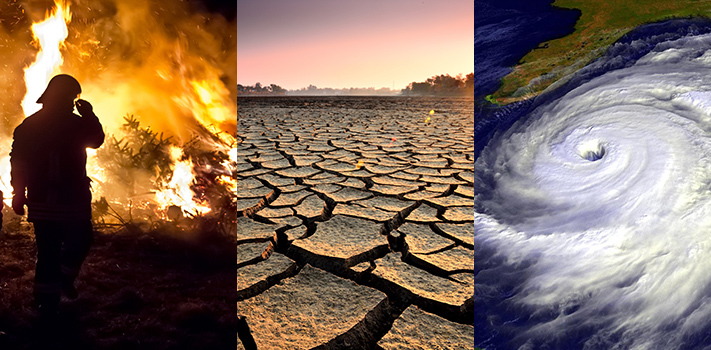I have recently read some articles about the lack of
coverage of climate change in high school curricula and introductory college
textbooks in the United States (Meehan et al., 2018 and Yoho & Rittmann,
2018). I see this as a great problem,
especially in light of the recent IPCC report (IPCC, 2018). We must educate our populace about the
dangers of climate change. These young
people are the ones who will be most affected by this phenomenon. They need to know the science of this and
solutions to help mitigate the problem.
Meehan et al, 2018 state the following conclusions
concerning the high school curricula:
Findings indicate that (1)
about half the curricula portray human activity as a major cause of current
climate change, (2) most curricula include information about climatic changes
but few details about potentially proximal, near-term impacts of GCC*, and (3)
most curricula offer a narrow set of strategies for responding to GCC. These
findings suggest that educators should critically examine curricular materials
they use to teach about GCC and that scholars should continually examine how
GCC is portrayed to youth. *GCC = Global Climate Change
Yoho and Rittmann, 2018 conclude the following when
examining introductory college science textbooks:
Energy technologies, climate
change, and related environmental issues are found, on average, on ≤4% of
textbook pages, and variation is large among individual textbooks.
Discipline-based trends exist, especially for the energy technologies
presented. Addressed separately as a non-renewable, non-fossil fuel, nuclear
energy is found on ≤1% of textbook pages and unfavorably represented. The
discussion within these science disciplines has implications for
introductory-level education, public perception of science, and informed
citizenship.
The recent IPCC report highlights the damage that a 1.5 C
increase can produce. We are actually on
track for an even greater increase. We
need to have this information be passed on to the students so that they can
make fact-based decisions concerning global climate change and not be
influenced by those who are denying the evidence—for whatever reason.
References
Meehan, C. R., Levy, B. L., & Collet-Gildard,
L. (2018). Global climate change in U.S. high school curricula: Portrayals of
the causes, consequences, and potential responses. Science Education, 102(3),
498-528. doi:10.1002/sce.21338
Yoho, R. A., & Rittmann, B. E. (2018). Climate
Change and Energy Technologies in Undergraduate Introductory Science Textbooks.
Environmental Communication, 12(6), 731-743.
doi:10.1080/17524032.2018.1454337



.jpg)



/cdn.vox-cdn.com/uploads/chorus_image/image/54805619/170516_pollution_henderson_island_cr_0418_02_98f4e555ea88637919aa184e1af02525.nbcnews_ux_2880_1000.0.jpg)

